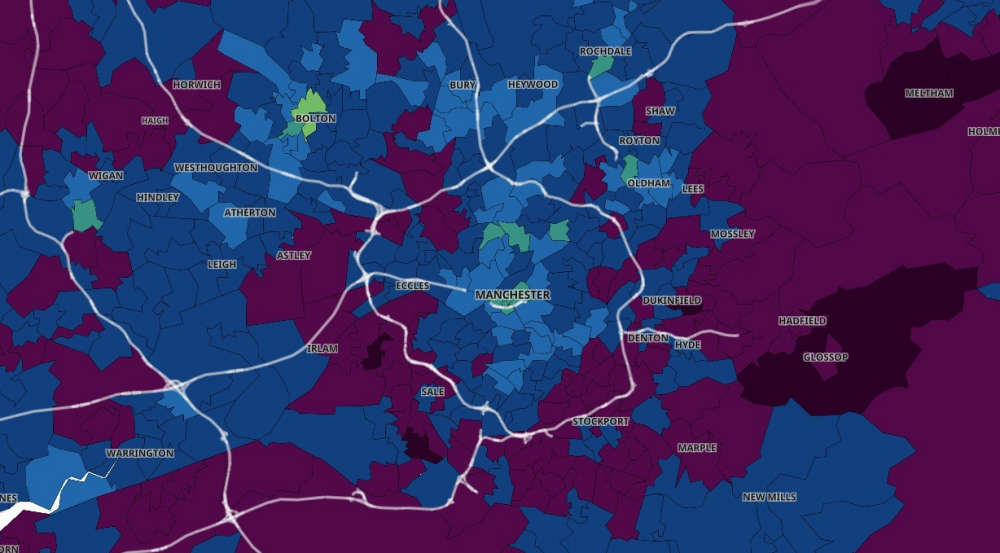
These are the 20 areas of Greater Manchester that are continuing to be worst and least hit by Covid-19.
Neighbourhoods in Stockport, Trafford, Tameside and Oldham have the highest infection rates in the region, latest figures reveal.
Overall Stockport remains the borough with the highest infection rate across the conurbation, while Trafford saw the biggest week-on-week rise.
However at the other end of the scale, ten local neighbourhoods have seen infection rates fall as case numbers reduce, in many cases, to single figures.
Coronavirus ‘hotspots’ and ‘notspots’ can be revealed via an interactive map charting the number of positive Covid-19 test results in each neighbourhood across the country using government data.
It shows the number of infections per local area, broken down into neighbourhoods containing roughly 7,000 people.
The number of new cases is then used to calculate the infection rate per 100,000 people.
In the week to September 28, the Trafford neighbourhood of Urmston West recorded the highest infection rate across the whole of Greater Manchester.
This stood at 942.3 per 100,000 people with 65 new cases recorded, a rise of 21 from the previous week.
A few miles away, fellow Trafford area Timperley South claimed the second top spot with an infection rate of 820.8 after 63 residents tested positive.
This was an increase of ten new cases from the previous seven days.
The Tameside area of Newtonmoor, near Hyde, comes in at third with a slightly lower infection rate of 809.9.
The neighbourhood saw 59 new cases in the week, up by 25 compared to the week before.
West Timperley in Trafford follows, with an infection rate of 788.4 per 100,000 people, and 66 new cases.
This was another rise on the previous seven days, increasing by a third – with 23 more incidences of the virus.
The leafy suburb of Hale in Trafford recorded an infection rate of 780.7 in the week to September 28.
There were 66 new cases in the affluent area, a rise of four from the previous week.
The Marple Bridge and Mellor neighbourhood of Stockport is in sixth place with an infection rate of 778.3, and 46 new cases.
However this was a drop of 15 from the previous week.
It is followed by the neighbourhood immediately west, Marple and Rose Hill where there was an infection rate of 754.6 per 100,000 people.
Marple and Rose Hill recorded 55 new cases, exactly the same as the previous week.
Oldham also makes it into the top ten infection hotspots with the Saddleworth area of Diggle, Delph and Denshaw.
This rural area had an infection rate of 752.3, with 41 new cases – an increase of 13.
In ninth place is another Stockport borough, again in the Marple area – Marple and Hawk Green.
Its infection rate was 740.6 per 100,000 people, with 44 cases recorded.
However it was a substantial reduction, with 43 fewer cases than the previous weekly period.
The tenth-placed hotspot is also in Stockport; Reddish Vale View had an infection rate of 731.9, with 52 new cases, up by 52 from the last seven days.
Only the borough of Oldham has seen a neighbourhood appear in both in the top ten, and top lowest local areas for infection rates.
However the ultimate ‘notspot’ across the whole of Greater Manchester is in Bolton, once a former outlier for the virus.
This is Central Bolton, which saw only four new cases in the week to September 28, equalling an infection rate of 49.
It was a reduction of six cases from the previous week.
The Busk area of Oldham, north west of the town centre is second lowest with an infection rate of 53.2.
The neighbourhood saw just five cases, down one from the last seven days.
Moston West in Manchester comes in at third with five new cases and an infection rate of 55.6 per 100,000 people. There was no change in case numbers.
In Wigan, the neighbourhood of Worsley Mesnes and Hawkley recorded an infection rate of 69, with five new cases.
This was a reduction of 12 incidences of the virus from the last weekly period.
Deeplish in Rochdale is the fifth lowest area for infection levels, with a rate of 70.1.
It saw seven new cases, down 12 from the previous seven days.
Salford’s Broughton Park follows, with an infection rate of 81.6 per 100,000 people.
The neighbourhood, which lies on the border with Manchester, saw just six new cases of the virus, however this was an increase of three from the week prior.
Crumpsall South in Manchester – which sits next door to Broughton Park – has the eight lowest infection rate, coming in at 98.2.
The north Manchester neighbourhood recorded 14 new cases of Covid-19, a reduction of eight.
A Bury location also appears in the lowest areas for the virus, with Fernhill and Pimhole seeing 11 new cases in the week to September 28, down 13 from the previous week.
This equates to an infection rate of 101.9 per 100,000 people.
The tenth lowest neighbourhood is in Salford, with Pendleton recording an infection rate of 105.
It saw seven new cases with no change from the prior seven day period.
Keep up to date with all the latest local and national developments here: https://www.


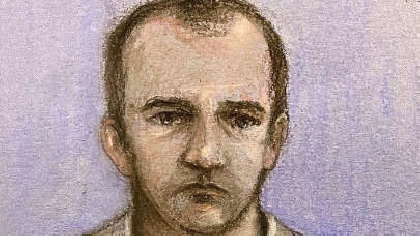 Sacked paedophile cop 'not an officer but a child sex offender', says police chief
Sacked paedophile cop 'not an officer but a child sex offender', says police chief
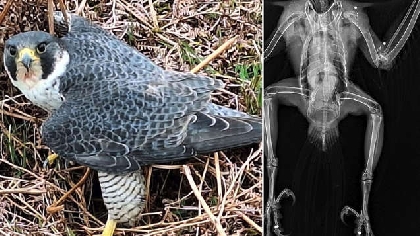 £10K reward on offer as police and charity probe attack on protected peregrine falcon
£10K reward on offer as police and charity probe attack on protected peregrine falcon
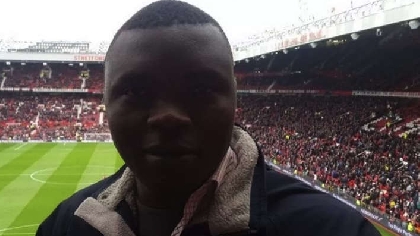 Bus driver killed two women when his foot slipped onto accelerator
Bus driver killed two women when his foot slipped onto accelerator
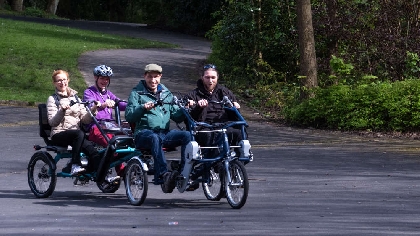 Free cycling scheme launches for people with disabilities
Free cycling scheme launches for people with disabilities




